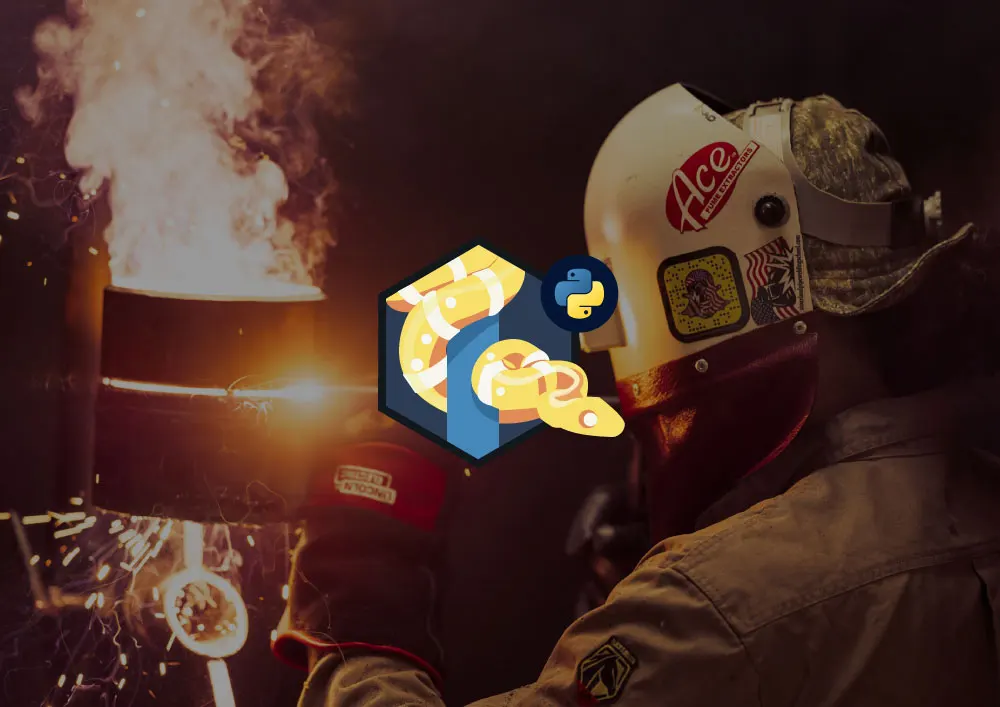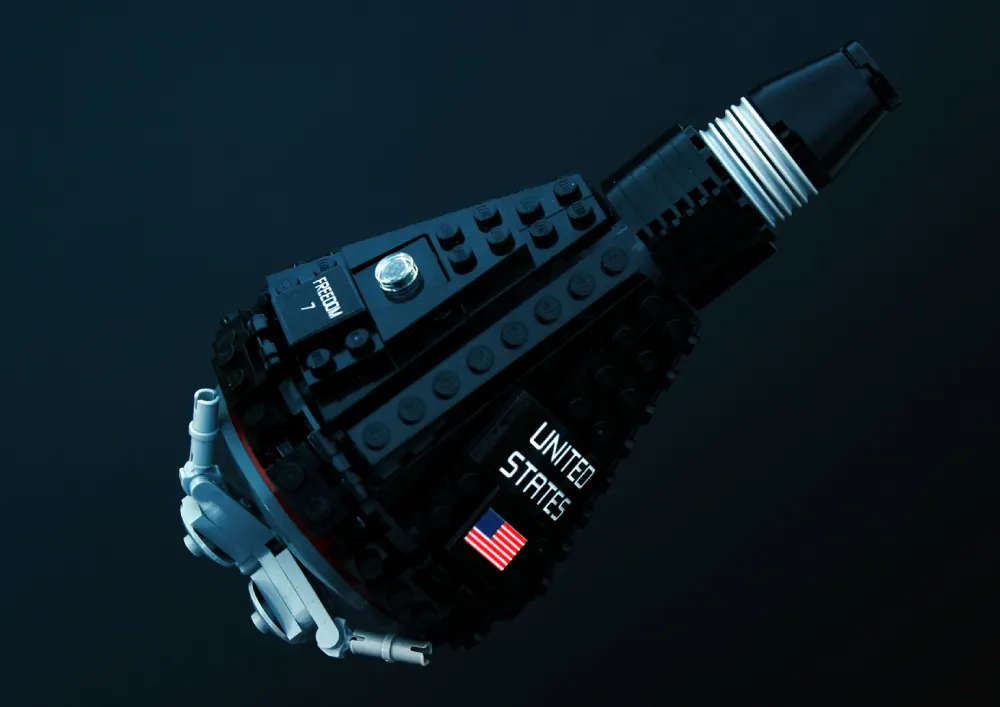In this page I will talk about
robotics for
welding.
Because
robotics is cool and because it allows to automate a large majority of
welding tasks.
To start with, you have to understand that
industry and IT are linked, and that it is only a step from the workshop to the computer room.
Today, a large part of the
robots and automats used in the field of
welding use Assembler as a
programming language.
So I'm going to talk about computer
programming (which I do very well here!).
I've already done quite a bit of content on
programming.
I code pretty much anything I can code.
Whether it's a little Python program for calculating coated electrodes for arc
welding, or even the page you're reading right now.
As a computer and
industry enthusiast, I naturally gravitated towards
welding and
welding robots.
To begin with, a robot works exactly like a conventional computer (usually running on Windows like your PC or mine).
And so it uses
programming languages similar to those you can use on a computer.
Typically,
welding robots use imperative
programming languages like Assembler or Pascal.
This is the case for the
CLOOS robots.
Except that unlike your PC, the robot moves in the environment and therefore moves on the X, Y and Z axes.
This page will serve as a "HUB" for the computer
programming part of my pro blog.
Below I will share videos, photos, but also other articles from this website about
welding robots.
The operator, always starts by placing his part on the positioner. A robot or a robot works with a positioner that can have several axes of rotation.
I have already assembled parts on an assembly jig, which was fixed on the positioner, once everything was correctly placed, I launched the program in phase 1.
Then, once the robot had correctly pointed the elements.
I could launch a phase 2, which welded one side of the part following the instructions given by the program.
The jig had the particularity of being able to position the part in several ways to be able to weld it completely.
However, it is important to place the elements correctly, because if they are incorrectly mounted. The robot torch can hit them and bend them slightly.
Don't forget that with high heat due to the
welding action, a gooseneck that is a few millimetres out of place can make your welds not conform.
The same goes for the nozzle, it is important to check that it is clean.
If it is blocked, the gas can hardly get out, exposing the molten pool to the atmosphere and making the soldering porous and therefore not compliant.
This is clearly the detail that can make the difference between a robot operator who takes care of his equipment and one who does not.

